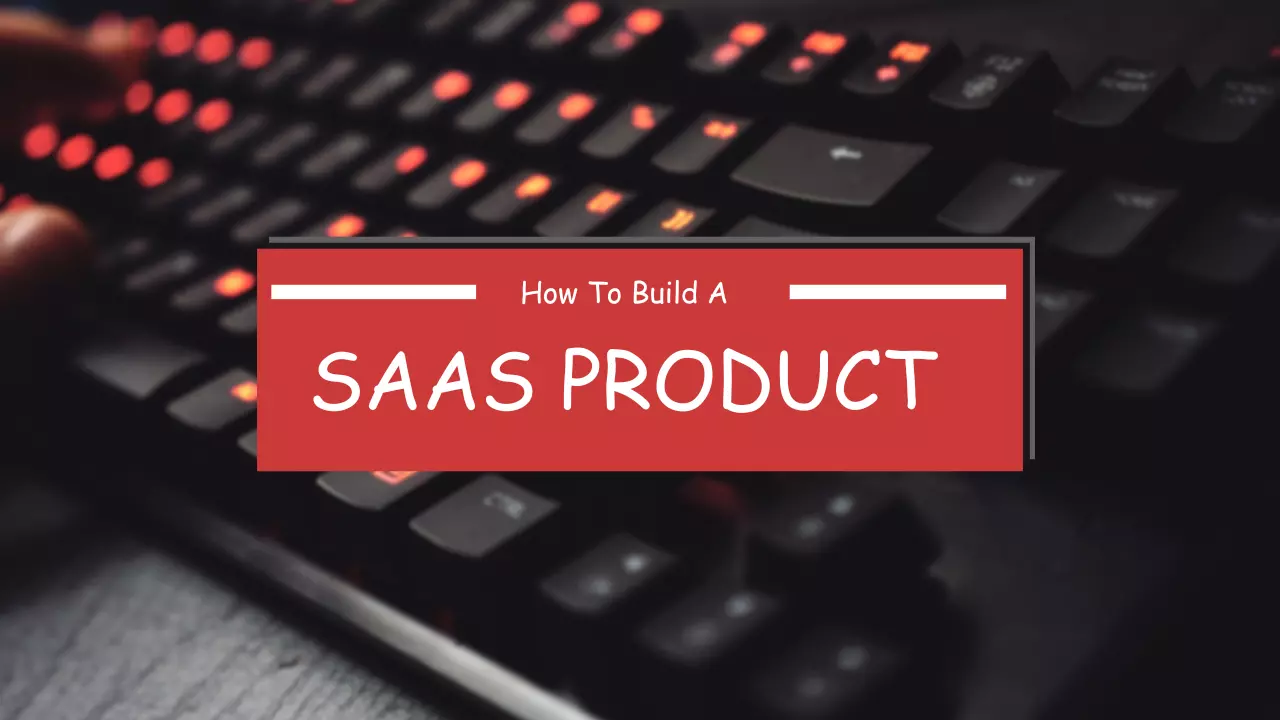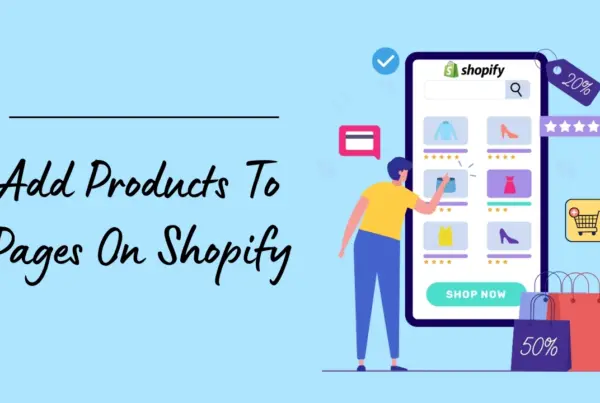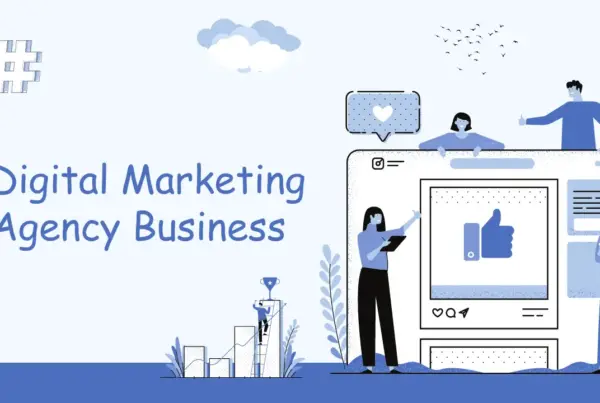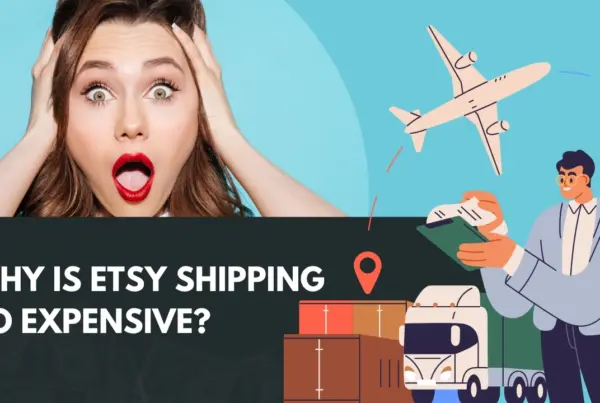Before entering today’s topic on how to build a SaaS product, let’s provide a glimpse of why this product is being widely popular. SaaS (Software as a Service) is mainly familiar as cloud-based software and more companies are opting for this model due to cost reduction benefits, enhanced scalability, and elevated security.
It is estimated that, with the thriving and continued popularity of SaaS products, it will reach $908 billion by 2030, growing at an annual rate of 18% to 18.7%. Another study of 676 IT specialists and organizations noted that 70% of business apps in service today are SaaS-based.
SaaS products offer effective cost savings by eliminating the need to deploy IT infrastructure. Its initial advantage is easy access to the application without the need to install anything from any device with an internet connection.
Table of Contents
What are SaaS Products
It is a cloud computing model that provides the ability to access the functionality of the application by paying a monthly/annual subscription fee. All you need to use a SaaS product is a web browser, an Internet connection, and payment for permission to use it for your purposes, that’s it.
In the modern world, the use of SaaS technology is recognized in a comprehensive range of various products, many of which we utilize in our daily lives. The most prevalent and widespread SaaS organizations are DropBox and Google Apps, for example. Perhaps the most well-known example is Google Docs, which offers an office suite (web-based software) within the Google Drive service.
Among other prevalent, prominent, and flourishing SaaS applications, the market leaders are as follows:
- Salesforce
- BigCommerce
- Commerce Cloud
- Magento
- Oracle
- Microsoft Office 365
- IBM
- Slack
- Amazon Web Services
- Netflix
- HubSpot
- Shopify
- Figma
- Grammarly
- Calendly
- Canva
How To Build A SaaS Product
Below is how to build a SaaS product for your business and the precise actions you should take.
Analyze the market
To build a product, first of all, it is necessary to find clear answers to the following questions, for which you need to conduct market research:
- What issue does the SaaS app will solve?
- Who are your target audiences, and could you split them up?
- What will be your target audience’s central pain points?
- Who will be your best possible competitors?
- What distinctive features and value do your competitors deliver to end-users?
- Can you build an extra trouble-solving solution with exceptional noticeable features?
- What business prototype do your competitors adopt?
When you get all the answers after you conduct market research, you will be clear about the top-class target visitors, competitors, and market demands.
Make a Business Plan
Once you determine to produce a SaaS product from scratch, you must carefully compose a precise business plan. In other words, the business plan is another important part of product discovery which is a roadmap for software as a service products.
Or you can say that it is indeed an illustrated range of financial and operational objectives that you desire to reach. So it would be safe to say, that to launch a successful SaaS business with your distinctive niche, a business plan is an explicit explanation.
The factors below will support you in understanding how to build a SaaS product:
Monetization Strategy
Determining the monetization strategy is paramount at the beginning of SaaS product making. Because SaaS technology presents numerous opportunities to monetize your forthcoming products.
This strategy instantly affects how to create a SaaS app functionality and supports you in understanding how to sell the product (SaaS Technology) after release.
The following are the comprehensive monetization strategies:
Freemium
Freemium on a SaaS product literally implies that a specific product presents free limited features. It’s an outstanding business model, to begin with, because it enables several users to sign up and give it a try. But, if some users wish to utilize more opportunities and functionalities, they need to upgrade to a pre-paid scheme.
However, the most noteworthy factor is to deliver enough free features for your end users to benefit from. To clarify, the best SaaS companies are Dropbox, Mailchimp, and Zapier.
Flat Rate
The flat-rate business model is likely the most straightforward and facile strategy for both the SaaS product manufacturing company and the users. And this model exactly indicates that you define a set of attributes for a single price.
Besides, the most prevalent flat-rate pricing software as a service (SaaS) products are Adobe Creative Cloud, Basecamp, and Consider.
Per-User Model
This per-user model suggests your product charges expenses relying on the number of users using your SaaS app. In simple terms, the more people operate your SaaS product, the more promising price they will get.
Per-Storage Model
This business model suggests that users pay a fee based on the quantity of storage space they require. This monetization strategy also delivers elevated flexibility because you can acclimate to consumer fluctuations. And this model empowers you to provide a separate amount of storage as needed.
To make you clarify, the top per-storage model companies are OneDrive, Google Drive, and Sync.
Pay As You Go
The “Pay as you go” model is also familiar as usage-based pricing. It simply indicates the more clients use, the more exalted the expenses and vice versa. Essentially, this approach supplies a gigantic user LTV (Life Time Value) since you can always set the price with their contemporary revenue performance.
On a quick note, these strategic leading SaaS apps are SendGrid, ConvertKit, and Chargify.
Specify SaaS Necessities
Practically, your SaaS product features are the core value you will deliver to end-users. It’s important to remember, based on your niche and pricing strategy, functionality can vary greatly but a good SaaS software should include the root principles. It will help differentiate you from the competition in an advantageous manner.
Okay, let’s discuss briefly:
High Security
It is very important to be very careful and ensure lofty protection against numerous vulnerabilities and hack attacks, as you preserve client data in the cloud. The security includes multi-factor authentication, identity management, access control, and others.
User-Friendly
Always make sure your SaaS product is as comfortable to use as feasible. Comfortable to use means to offer your client simple navigation, intuitive UI/UX design, and high page load speed.
Remember to evade tough and extensive text blocks, CSS styles, and multiple JS scripts as they lower your SaaS app performance. Also, avoid tons of motion design that turns your app into a heavyweight awful website with inferior conversion rates.
Support and Maintenance in Real-Time
It is not uncommon for any software to cause bugs or errors, and SaaS software is no exception. We always heartily recommend opting for SaaS programs that provide ongoing client support so that you can address any allegation your end-users may have.
Multi-Tenant Infrastructure
Multi-tenancy is one of the pivotal principles that compel cloud computing on SaaS technology. Practically, it stands for combining a solitary system with numerous companies or tenants sharing a single SaaS installation venue. Also, it is important to analyze the market competitors so that you can locate the prime exhaustive features for your niche SaaS app.
It is indeed a good point to make a list of the suitable features that you can use to apply yourself and complement the competitors in the market. Additionally, focusing on must-have functionality that instantly addresses end-user needs is paramount.
Make a User-Oriented MVP
Hopefully, you have gathered all the necessities, then you are ready to build a SaaS product. So now you need to build a SaaS MVP solution. To clarify, MVP (Minimum Viable Product) refers to a feature-limited edition of your SaaS app. It presents users with a comprehensive functionality so they deliver worthwhile feedback.
On a serious note, it is quite promising to validate your vision and value proposition without spending your precious time and funds.
Below are the prime objectives of making a SaaS MVP:
Gather Feedback and Analyze Your Idea
The prime goal of an MVP method is to organize the previous user’s feedback and know what they like/dislike, and what features they like to add/update/remove.
Market Situation
After successfully gathering all the feedback from your previous potential clients, you can determine whether your value proposition is in need within your target visitors in the market.
The following are some vital questions that are required to answer:
- Does the market opt for your SaaS app with multiple other products?
- Is there sufficient demand for your SaaS software in the market?
Test Various Methods
MVP (Minimum Viable Product) includes testing of your online business ideas along with testing of your SaaS application features.
You must endeavor to collect user feedback about your digital product ideas. Because these responses can help define a more promising path to boost your business.
Create or Outsource a Development Team
To successfully convert your solopreneur business ideas into SaaS products, you need to resolve the technical aspects of your project. Which basically falls under the scope of SaaS product development.
However, there are you will find many budding entrepreneurs who often ask:
How to build a SaaS product or form a SaaS enterprise when missing technical resources?
So, here is your answer:
Produce Your Personal In-House Team
A personal in-house team is likely the most suitable for the time- and cost-consuming approach. However, the very first thing you evidently need is to find a CTO (Chief Technology Officer) or technical partner. The CTO or technical partner can help you with hiring SaaS app developers in a very swift and effective manner. Also, he can effortlessly manage your future SaaS product development.
So, it would be better if you were already prepared for one of these partnership models. Bear in mind that these types of professionals can only cooperate as higher officials or business partners with fixed wages.
Now a question may arise in your mind, where can you encounter an experienced CTO to build a SaaS product?
The pivotal acquisition channels to see an experienced technical partner are LinkedIn networks and groups. Another related channel is Reddit subreddits where you can encounter an experienced CTO or technical partner.
So, find the necessary technical expertise and start building your SaaS product internally.
Employ Freelance Software Engineers
Hiring freelance software engineers is one of the most tricky and riskiest as you do not have complete control over the freelance personnel to build a SaaS product for you or your company. The biggest issues include remote groups, time zones, and cultural disparities. And other complications can immensely affect the quality of the conclusive SaaS product.
But this method can still work by following some tactics. First of all, perform daily meetings by asking about the project development situation. Also, request them to send frequent progress reports with screenshots to help you personally test the progress of the project.
The most acceptable acquisition channels are, for example, Freelancer, Outsourcely, Fiverr, Upwork, and many more.
Outsource Software Development from IT Firms
A SaaS app development company is a prominent alternative to building a SaaS product if you have an adequate budget.
But first, you need to get a reliable IT company that has a stable background by default. In fact, who have built multiple SaaS products and are aware of the most hidden dangers. As a result, they can help save a lot of time and funds for your SaaS app development.
Then secondly, a high-quality IT company that will provide you with the necessary consulting services along with developing your online SaaS application. Because, only reliable engineers will tell you the real truth about what you really need or don’t need, saving you valuable time and money.
Lastly, if you like to develop your marketing strategy or locate investors for your project, this type of SaaS outsourcing software development enables you to evade active involvement in the development procedure.
Reasons To Build SaaS Products
The topmost and most noticeable benefit of SaaS is that there is no necessity to install any particular equipment.
Let’s study the pivotal benefits of motivating entrepreneurs and startups to build and market a new SaaS product. Hopefully, these advantages will fetch you closer to understanding the essential stages of making a SaaS product.
Time and Initial Cost Savings
On the one hand, you will find no hardware maintenance expenses when working with on-premises software. Likewise, cloud-based environments don’t involve your business buying licenses for using packaged software. This makes it easier for customers to adopt SaaS products and lowers barriers to entry.
Recurring Revenue
Compared to others, thanks to the subscription-based model of SaaS technology, you are always able to control the tracking of your monthly/annual revenue to generate a steady stream of income. This awesome, effective way pushes it more comfortably for businesses to be concerned and invest in development.
Reliability
This awesome SaaS cloud server can be realized all over the world, to clarify. But the main interesting part is that if one server is down it will not affect the others, which means the rest will continue to work smoothly.
Flexibility
This SaaS technology enables you to scale users up or down in real-time. Based on users’ demands, upgrade or downgrade a subscription plan, that’s all you have to do. If in case you only have a few options, it doesn’t take much effort on your part to make a flexible plan that meets users’ current scalability needs.
Scalability on Demand
Most importantly, SaaS can smoothly scale to compromise a flourishing user base without demanding influential infrastructure investment. Arguably, this is incredibly worthwhile for startups and developing businesses.
Global Customer Reach
Simply put, you can access SaaS software from anywhere within your comfort zone through just an internet connection. Hence, it would not be wrong to say that these SaaS products authorize businesses to attain a wider market.
Security
To clarify, SaaS products get an advantage from centrally maintained hosting and frequent security updates. As a result, the risk of piracy and hacking is greatly reduced. In addition, your data is preserved in a secure place. Plus, it does not grant access to the product since subscription-based entrance discourages unauthorized copying.
Facile Automatic Updates
Needless to say, the cloud environment always delivers end users with the most contemporary version. That indicates you don’t have to update and install the most recent version in the background. This also makes sure your products always stand firm with up-to-date contemporary features, bug repairs, and security fixes except for manual updates.
Final Verdict
Hopefully, this post has carefully and clearly answered your call on how to build a SaaS product in the most efficient and cost-effective manner. Therefore, one can attempt to implement the practical steps discussed for building a SaaS product easily.
In fact, the SaaS business model proposes many benefits over traditional software, including more powerful security, scalability, recurring revenue, global reach, lower initial costs, and automatic updates.
So, without delay, directly dive into these steps carefully and apply them to building a SaaS product.




